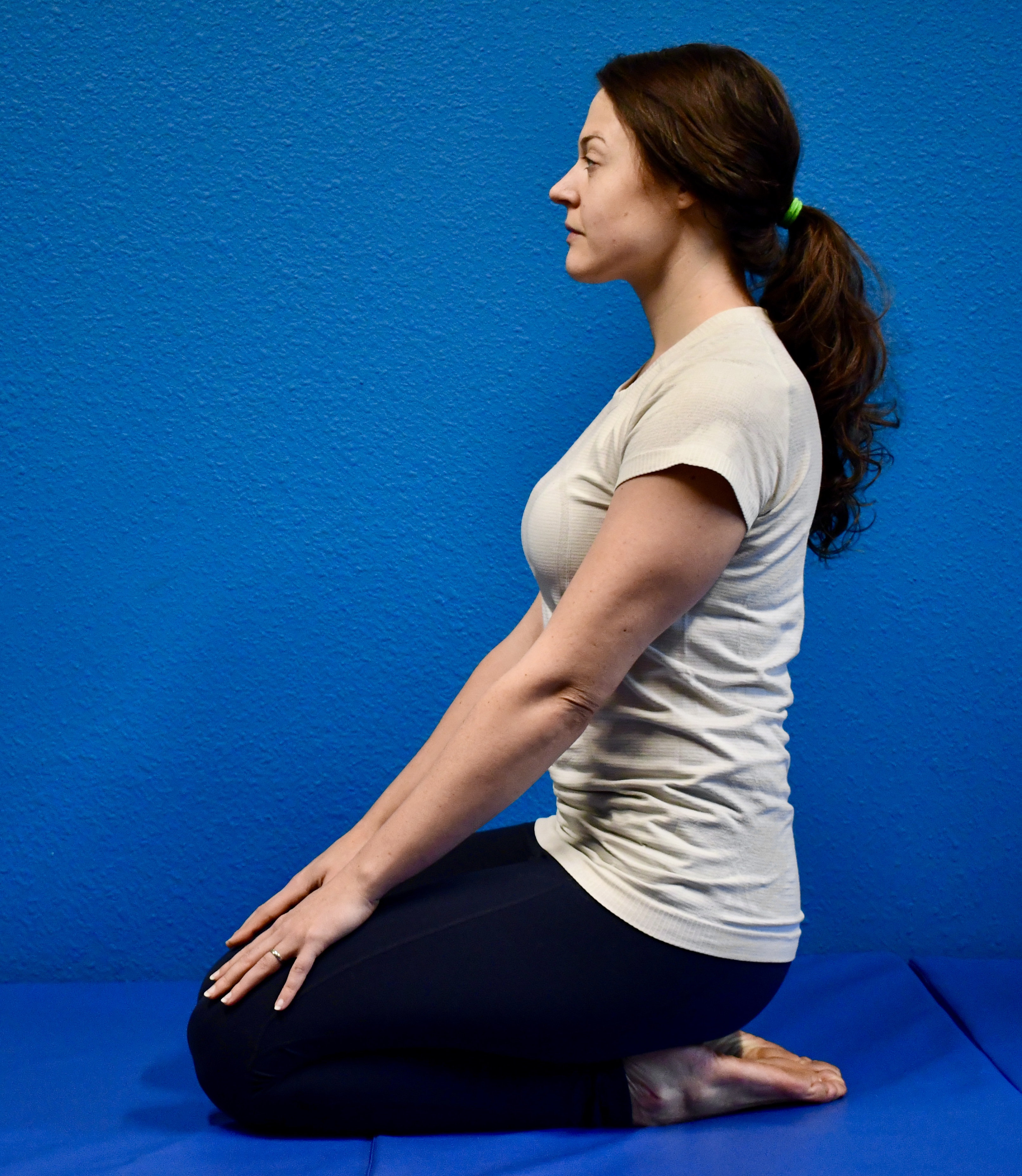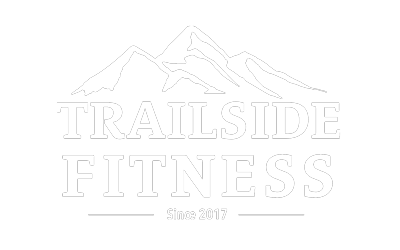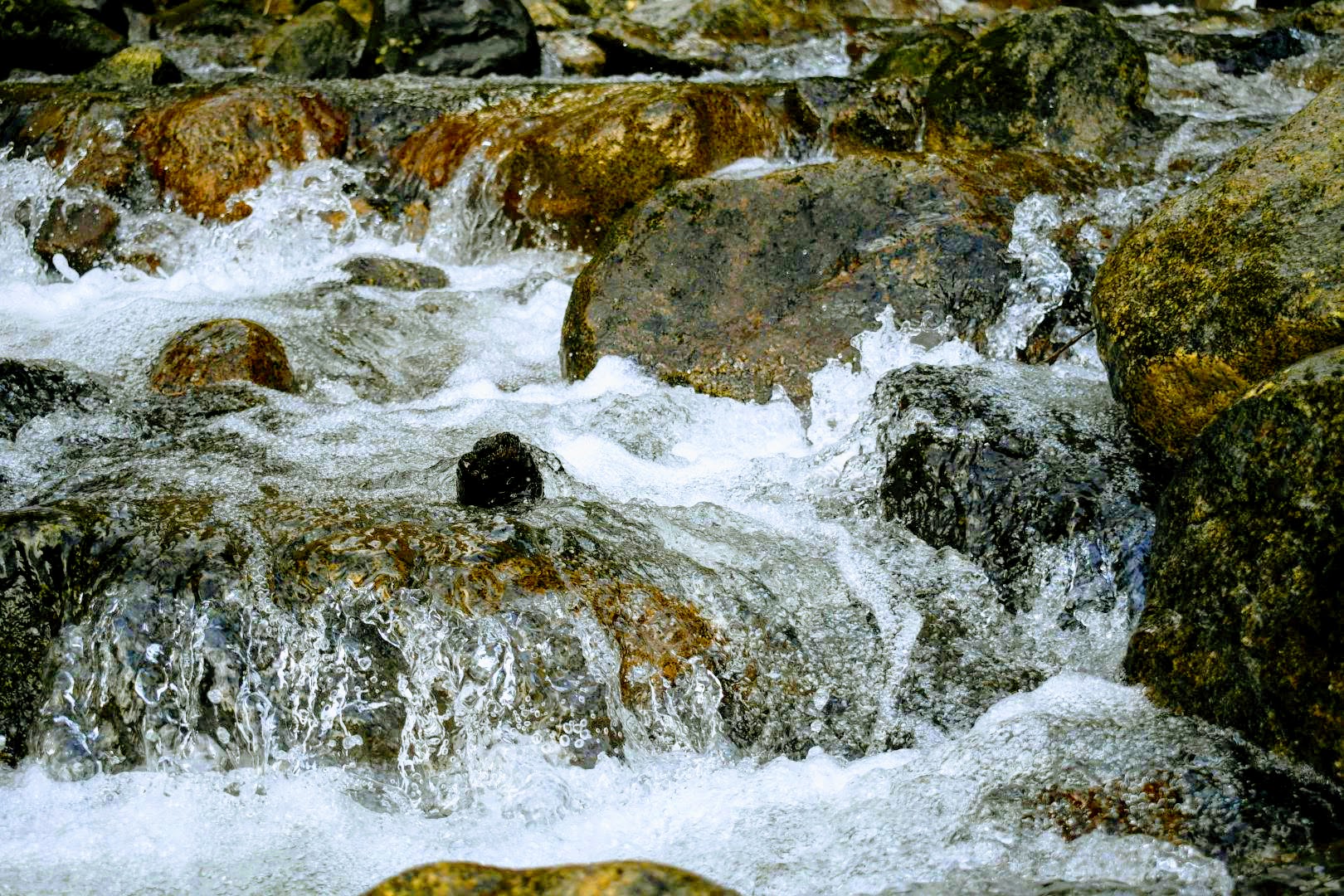Shin Splints and How to Manage Them
Shin Splints are also known as Medial Tibia Stress Syndrome. The tibia, (shin bone) absorbs a lot of the ground impact with each step you take. The tibia ever so slightly bends backward with the ground impact. When it does, it places stress on the medial or inside edge of your tibia.
Over time, the body will adapt to the physical stress and build a stronger more dense bone to meet your activity needs. Isn’t exercise and the body amazing?!
When you start your hike without proper training, the tibia hasn’t had time to strengthen and problems may be more likely to arise. The pain you feel with shin splints may also coming from a lining on the outside of the bone, the periosteum, being pulled on by the weak muscles that attach to the lining of the bone. Inflammation creeps in and you have some pretty uncomfortable pains to contend with.
Truthfully, the problem actually stems from a lack of glute and calf muscle strength. Other factors besides general overuse (doing too many miles too soon) are overpronation, tight calf muscles and weak feet – which all likely arise from the overpronation component.
Want a FREE Track Lunge Program and tips on how to be successful on your hike? Just click the link and check your inbox! FREE Download
The Plan
Massage techniques, stretching and strengthening are the game plan. Training before a hike is key to help reduce such common overuse injuries like shin splints. Use the techniques below to get a leg up on shin splints and keep the miles pain free!
MASSAGE
Light to moderate pressure will be needed and at times a more aggressive approach if you feel that is what’s needed. Use your best judgment​! If it is really uncomfortable in one spot, work above or below it instead of directly on it for best results.
2-3 minutes per leg, longer if needed. Repeat 3-5 times per day or as needed.
Trekking Pole
[wpvideo toAsC8GD]
Lacrosse Ball
[wpvideo de6xulGy]
STRETCHING
All stretching should be done gentle and be pain free. It should “hurt good” and feel helpful, if not readjust, decrease the intensity and try again; or just stop and move on to something else.
All stretches are performed 3 times for 20 seconds each. Repeat 3-5 times per day.
Stretch Option #1 – Half Kneeling Tibialis Anterior Stretch
[wpvideo gilpssNB]
Stretch Option #2 – Standing Lower Lateral Leg
[wpvideo FaBndnI9]
Stretch Option #3 – Heel Sit

STRENGTH
Arch Builder
I found this great cheap foam wedge on Amazon, you could be creative here and use a hill or slope and avoid buying the wedge. Bonus wedge use: calf stretches!
Accumulate 30 seconds and then repeat for a total of 4 rounds. Frequency is 4-5 times per week.
[wpvideo 36o5XkJV]
3 Way Heel Raise
15 reps regular pace raises followed by 10 fast reps for each position. Hand weights or a pack are a nice addition. Frequency is 3-5 times per week.
[wpvideo W7yT0jpO]
Glute Series
Cheap resistance bands from Amazon do the trick here but you may be able to get away with bungee cords. You should feel this in your hips, if not, move the band down to the ankles or feet. Really work to resist the pull of the band, that is where the magic is!
Perform 20 steps forward, backwards, side to side starting with the band at the knees. Repeat for a total of 2-3 cycles; the order of exercises is not important. Frequency is 3-5 times per week.
[wpvideo 5p1PRr75]
[wpvideo 6a6g8wTw]
[wpvideo 5ImoPBY3]
Resisted Dorsiflexion
Slow controlled motion using your full ankle motion. Work up to 4 sets of 20 reps. Frequency is 3-5 times per week.
[wpvideo gTqKeBop]
Weighted Dorsiflexion
You can use an ankle weight, kettlebell or hang a plastic grocery bag with weight in it. Choose this version or the banded one but don’t feel the need to do both during the same workout.
Perform 2 sets of 10 working up to 4 sets total. Increase the weight at that time. Frequency is 3-4 times per week.
[wpvideo 5zZt7c6v]
Other Options
Jump rope is also a great way to strengthen the lower muscles and improve bone density. Use that as part of your warm-up or cardio and you’ll be grateful you did!
If you are a consistent jogger or runner these adaptive stresses have likely occurred already. That being said, I’d still focus on glute strength to ensure proper leg rotation which will eliminate stress on the knees.
Along with proper supportive footwear, these exercises will give you a great opportunity to strengthen key areas before starting your hike. Sometimes things happen on the trail so having the massage and stretch techniques can be really helpful if you have a troubles.
You can reach me info@trailsidefitness.com with any injury issues, past or present that you feel will impact your hike. Training questions are also welcome – I am happy to help!
Be sure to like our Facebook page and follow us on Instagram and Twitter!


Recent Comments